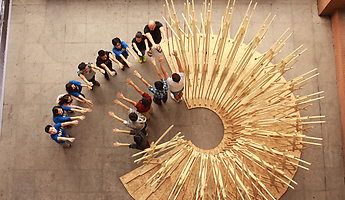
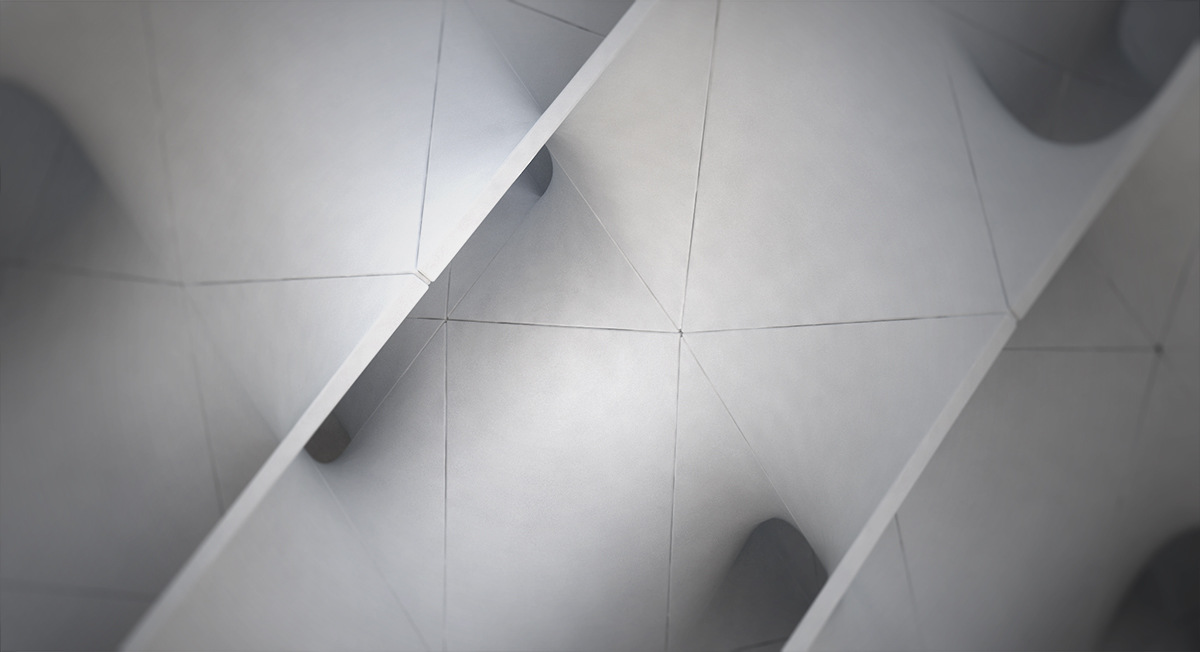
Robotic Fabrication: Collaboration with Studio RAP
How can we use robots to streamline design to fabrication? Robotic fabrication can make it possible to produce a structurally and aesthetically complex design within a very short time period – and with minimal labour and costs.
UNStudio’s Parameters Platform collaborated with Studio RAP of Rotterdam, a design and fabrication studio that provides novel industrial fabrication methods for the construction industry, to robotically fabricate Gyroi, a play structure prototype. The goal of the collaboration was to research the key advantages of robotic fabrication for the architectural design and construction process, including minimising time, labour, materials and costs.
The outcome of the research was the construction of a full-scale play structure prototype, approximately 4m x 4m x 4m, built from a minimal volume of expanded polystyrene. The prototype was exhibited at the 2016 Building Holland Fair at RAI Amsterdam from 22 - 24 March.
The following report describes the processes behind the collaboration for the Gyroi prototype, including a preliminary design workshop at UNStudio in Amsterdam, intermediary workshops for design development and a final fabrication workshop in Rotterdam with Studio RAP.
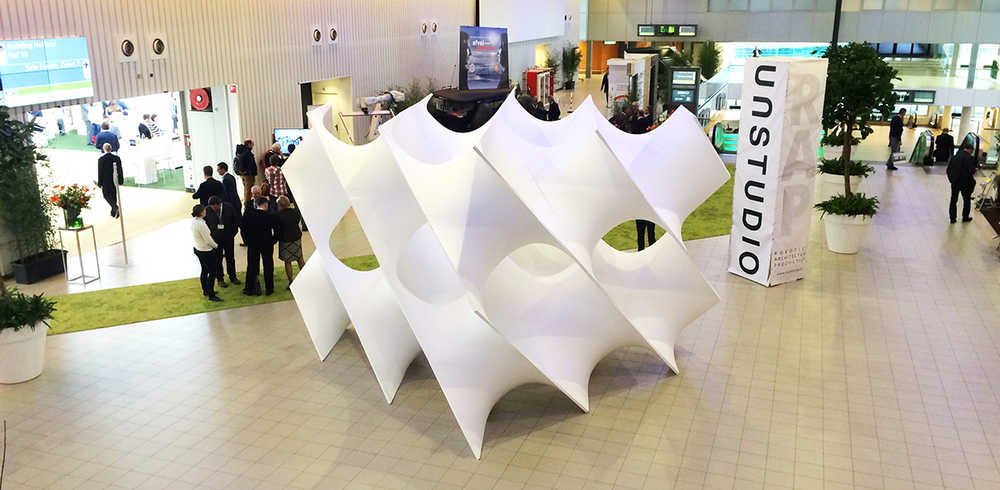
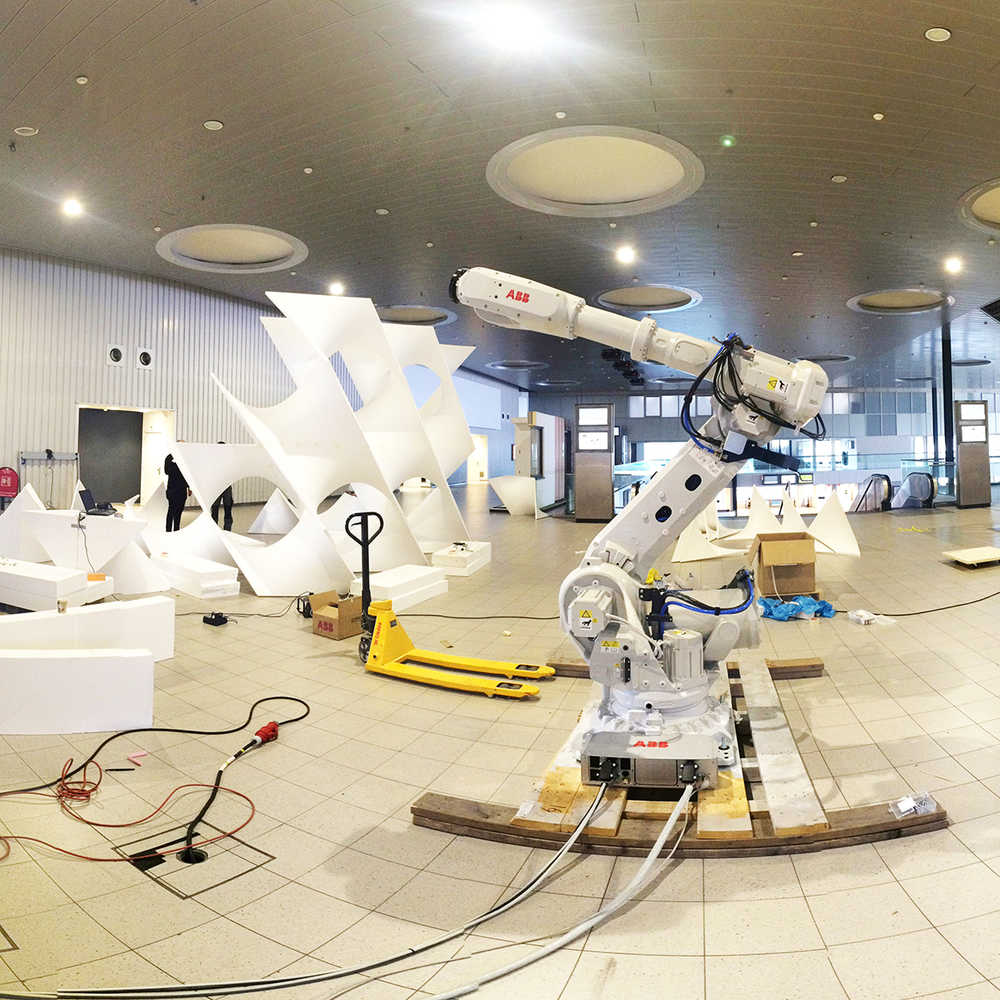
For the first workshop, Studio RAP joined the team from UNStudio’s Parameters Platform in Amsterdam to investigate the possibilities of robotic hot wire cutting. This method involves tensioning a metal wire mounted to the end of the robotic arm and heating it to roughly 200˚C to cut through foam. After selecting porosity as a focus topic of interest and design goal for the collaboration, participants took turns experimenting with a hand-held hot wire cutting device, similar to the mechanism to be attached to the end of the robotic arm, to cut ruled surfaces from EPS blocks.
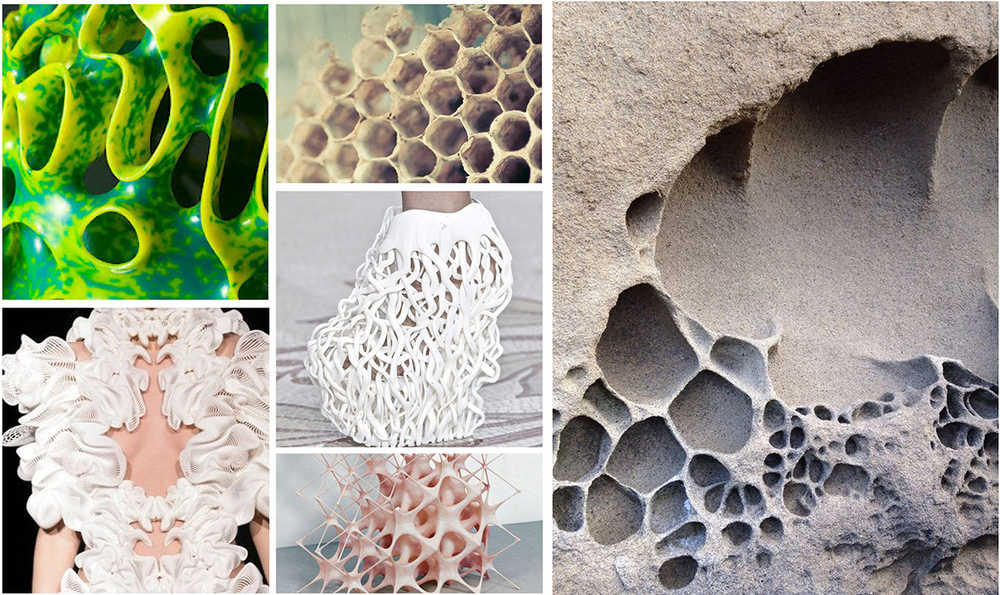
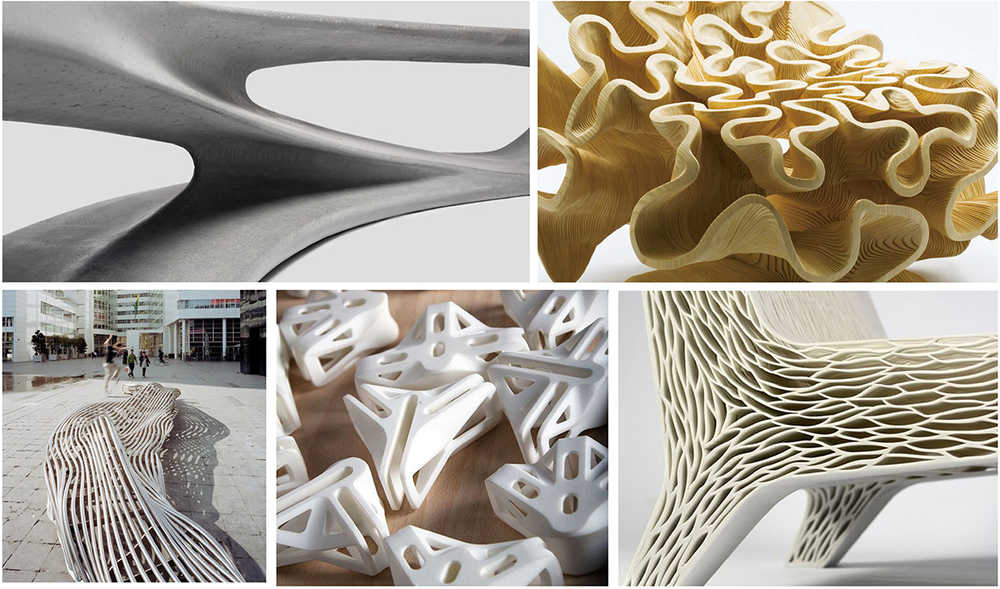
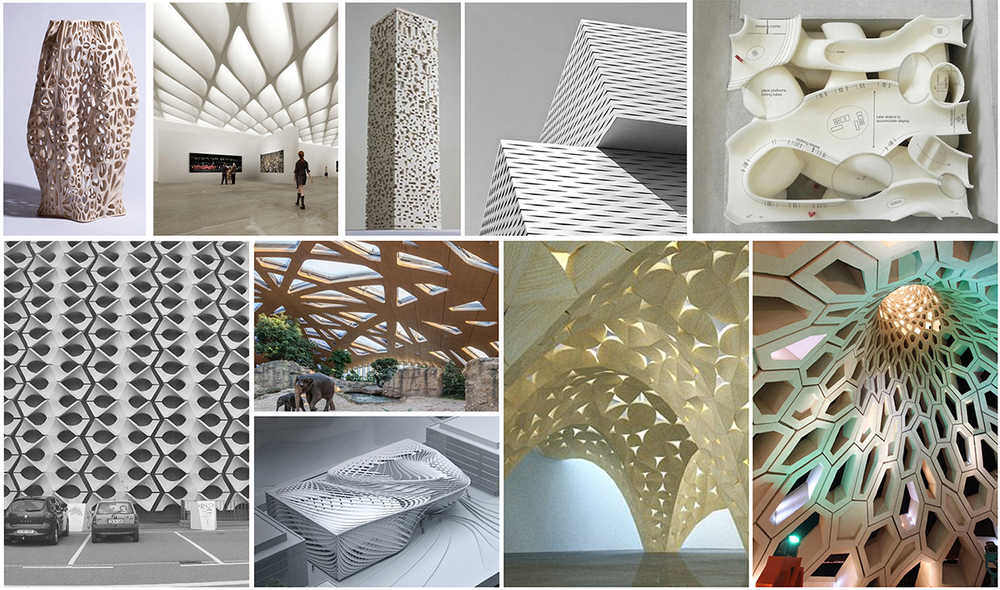
The forms resulting from these initial cutting experiments resembled highly sculptural, module-based geometries – with potential for generating different kinds of component systems. This experimentation was followed by a 3D modelling session focusing on the formal language and physical constraints of robotic hot wire cutting. Participants started formulating possible design systems and specific solutions in-line with the robotic tool.
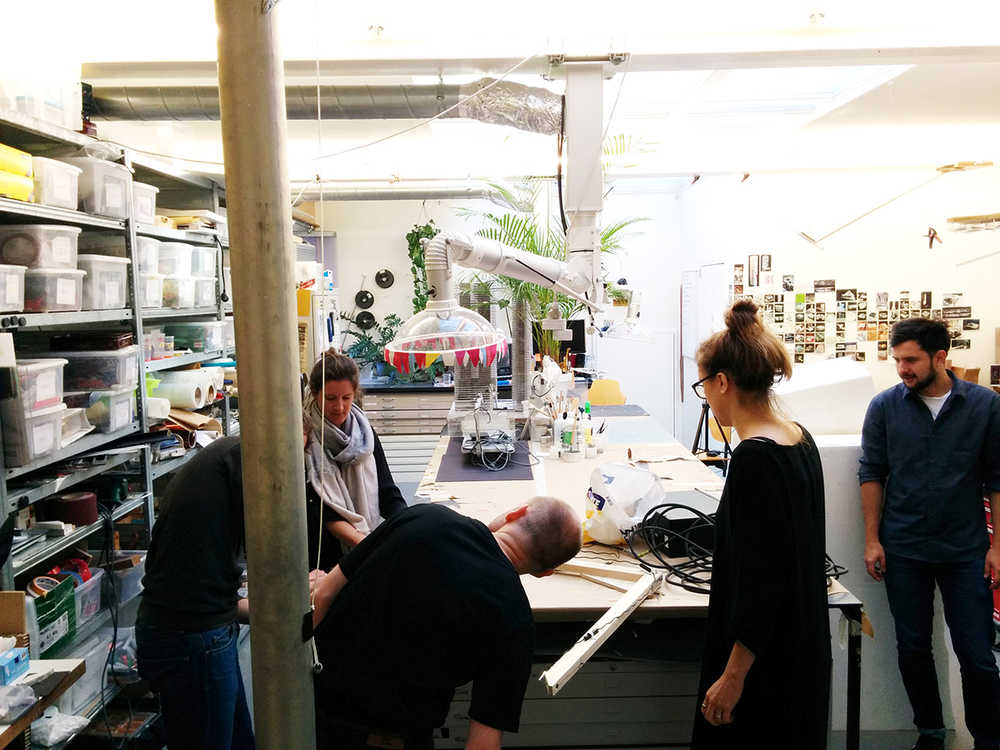
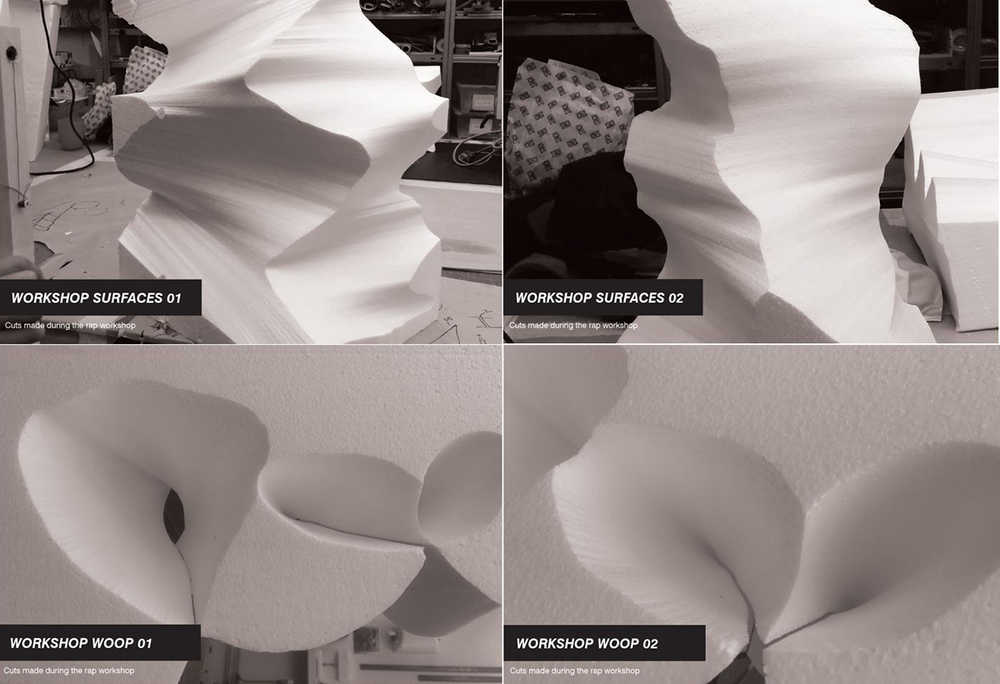
The various designs explored for each component were also determined given the limitation that geometry cut with a straight wire is always ruled (can be described as the set of points swept by a moving straight line). The prototype could therefore be rapidly fabricated and quickly assembled by stacking a set of identical components.

Following the first workshop in Amsterdam, UNStudio and Studio RAP began to develop design options to create a single component. Simple parabolic surfaces for the component were tested to create an optimal set of identical surface modules. Such modules could then be packed neatly together into a larger porous formation.
Ultimately, the team chose a gyroid geometry for the final component design in order to efficiently fabricate multiple modules and stack these into a larger constellation. As an infinitely connected periodic minimal surface, a gyroid contains no planar symmetries.
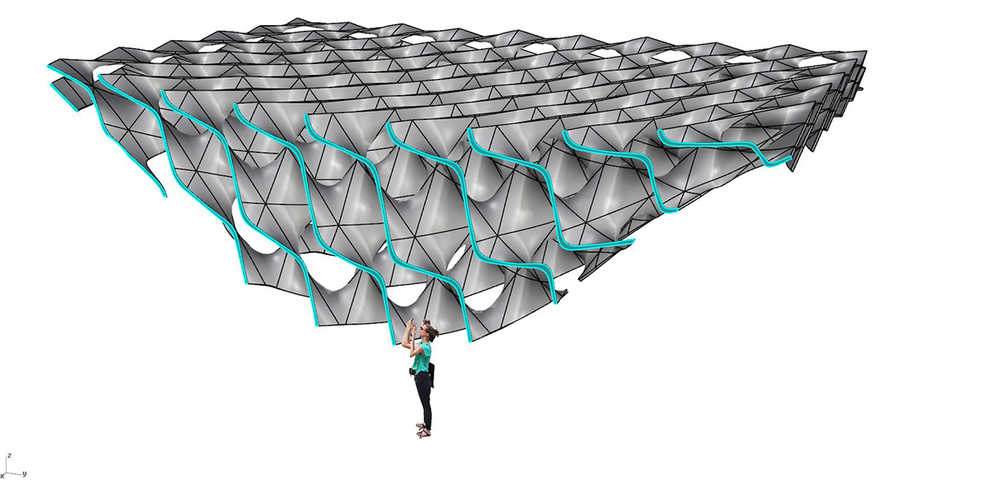
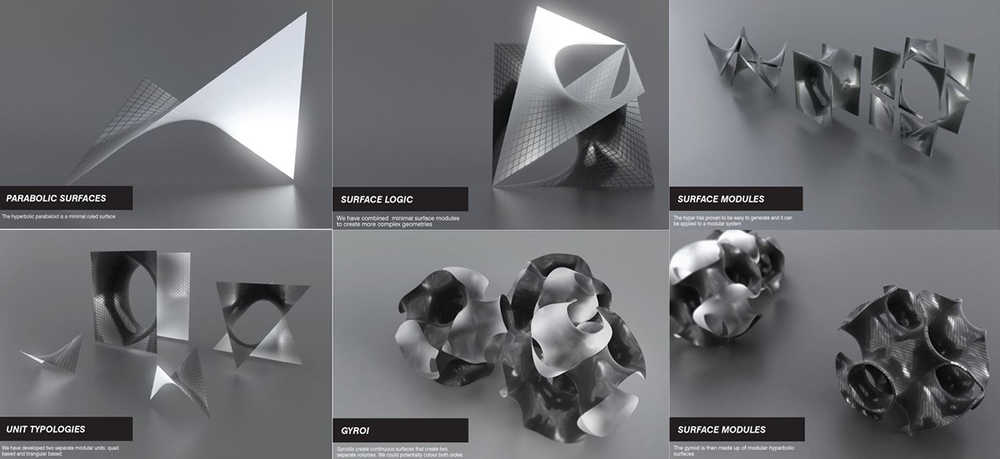
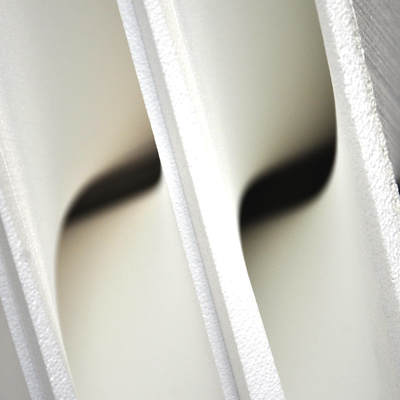
Stacked Gyroi components: EPS foam shaped with robotic hot wire cutting
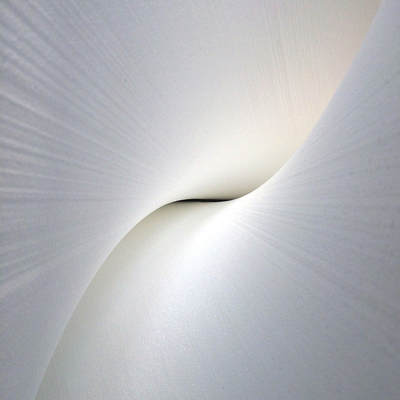
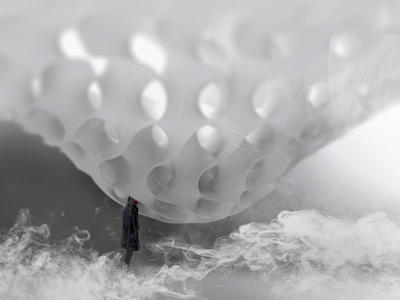
Volumetric options developed for the porous Gyroi prototype
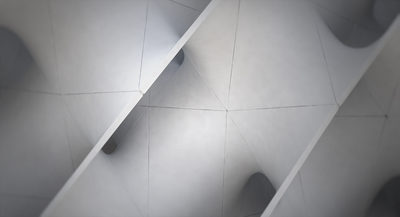
For the final workshop of the collaboration, UNStudio’s Parameters Platform met Studio RAP at their workspace at the RDM Rotterdam Innovation Campus for production and fabrication. At the RDM campus, the final identical EPS components were robotically hot wire cut in preparation for the gyroid structure to be assembled at the 2016 Building Holland Fair at RAI, Amsterdam.
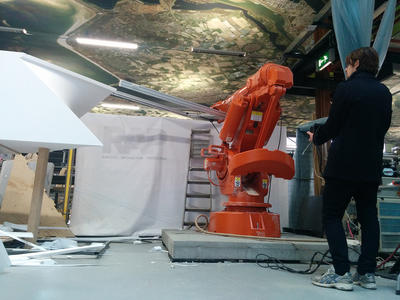
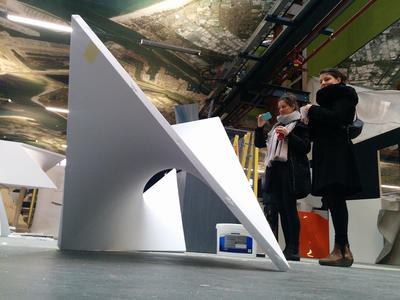
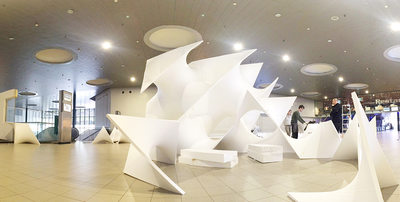
Final EPS components cut with Studio RAP at the RDM Rotterdam Innovation Campus
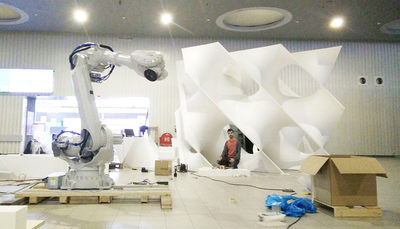
For the Gyroi project, robotic fabrication made it possible to significantly minimise required time, costs, material and waste. This was achieved in part by the operational precision of the robot and in part by carefully developing the design in-line with the advantages and constraints of the robotic hot wire cutting method.
In short, robotic fabrication enabled the team to produce a structurally and aesthetically complex design within a very short time period – and with minimal labour and costs. By investigating robotic techniques, the collaboration also enabled a deeper understanding of the key relationships inherent to material, process, and form.
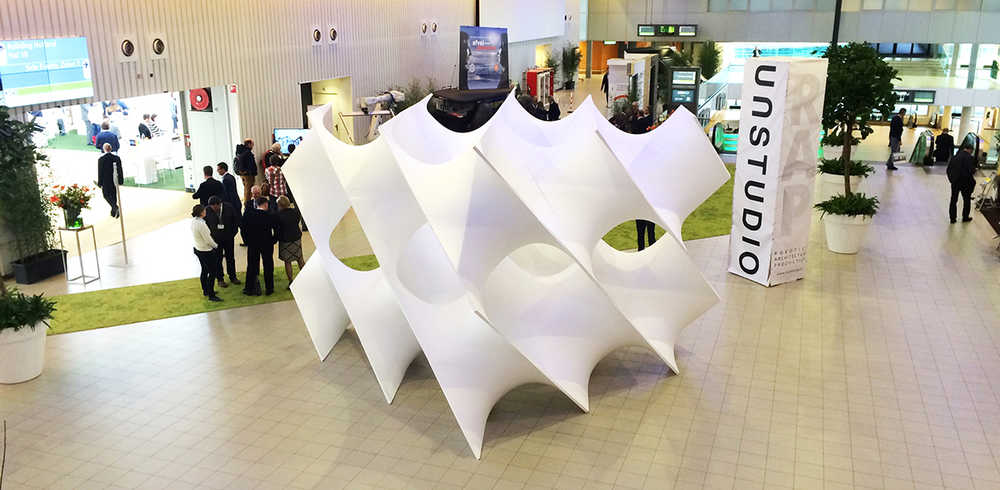
UNStudio Team: Marc Hoppermann, Alexandra Virlan, René Toet, Mircea Mogan, Julia Gottstein, Ayax Garcia, Sarah Roberts, Lieneke van Hoek, Alexander Kalachev, Olga Kovrikova
